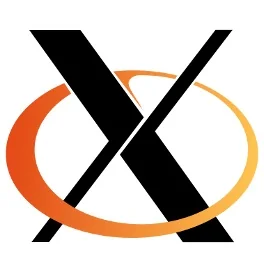Samsung Improving Cairo's OpenGL ES 3.x Support, May Eye Vulkan In Future

While there is the initial support for creating an OpenGL ES 3.0 context with Cairo, as Bryce explains in his new blog post, the work on GLES 3.0 for Cairo isn't complete. Additional code is still to be written to leverage new GLES3 functionality and they originally started writing this code for their Tizen platform.
"Much can be done to further leverage, optimize, and polish Cairo’s OpenGL ES 3.0 support, and we can also look to adopting even newer versions: OpenGL ES 3.1 was published in March 2014 to add compute shaders and independent vertex and fragment shaders; OpenGL ES 3.2 became available in August 2015, bringing functionality to support complex scenes and various optimizations for advanced usages," Bryce commented.
He also notes that while Vulkan is now around, it's not clear if this newer graphics API would yield any benefits for Cairo. Vulkan's hardware management and parallelization focus may help Cairo, but Cairo's architecture may hit constraints first.
Those interested in Cairo / GLES can read the latest blog post at blogs.s-osg.org. Cairo for the uninitiated is a vector-based 2D graphics library supporting multiple hardware backends. Cairo in turn is used by the X.Org Server, GTK+, Mozilla Gecko, WebKit, and countless other projects.
11 Comments

